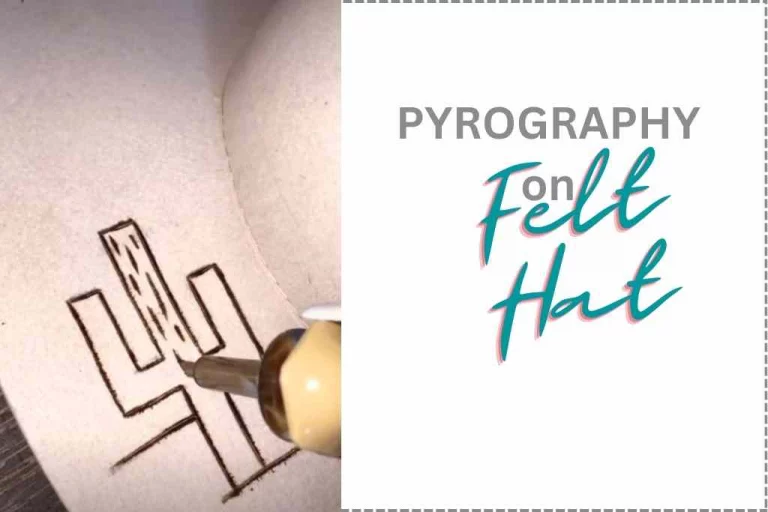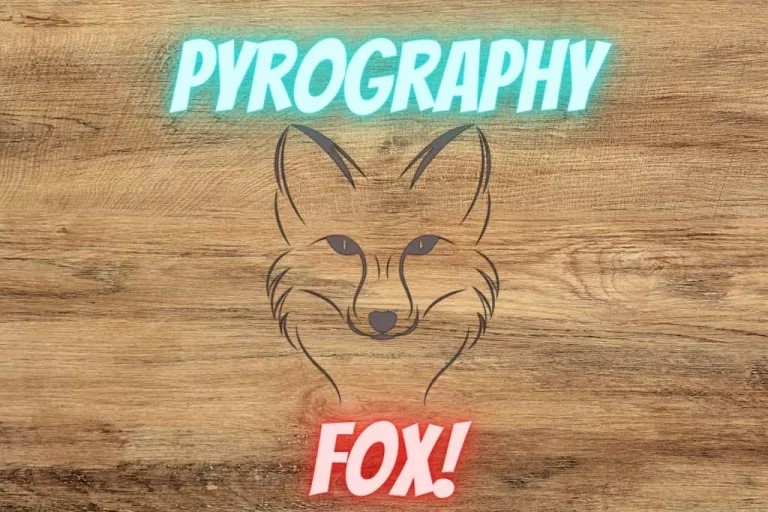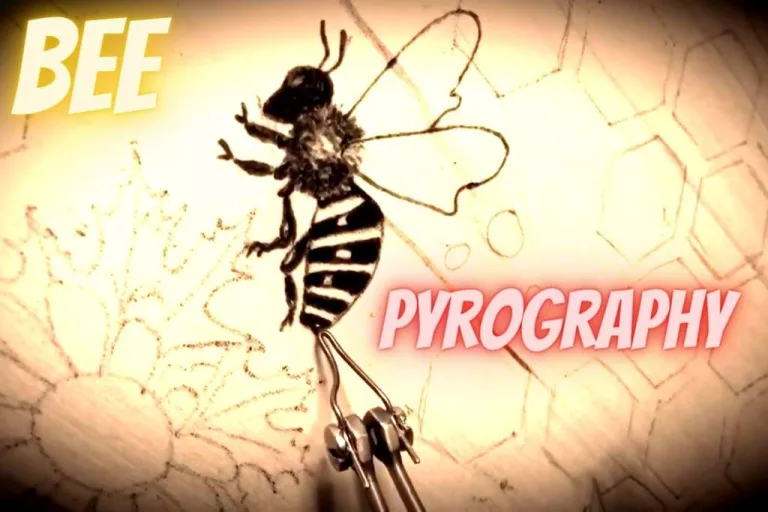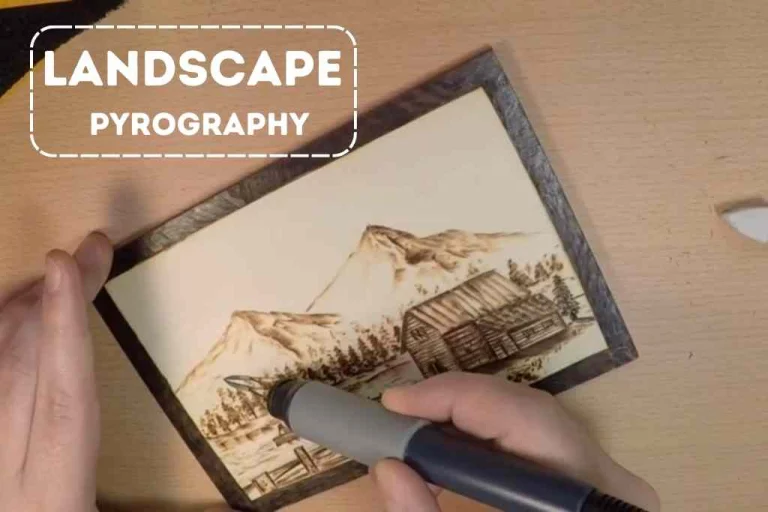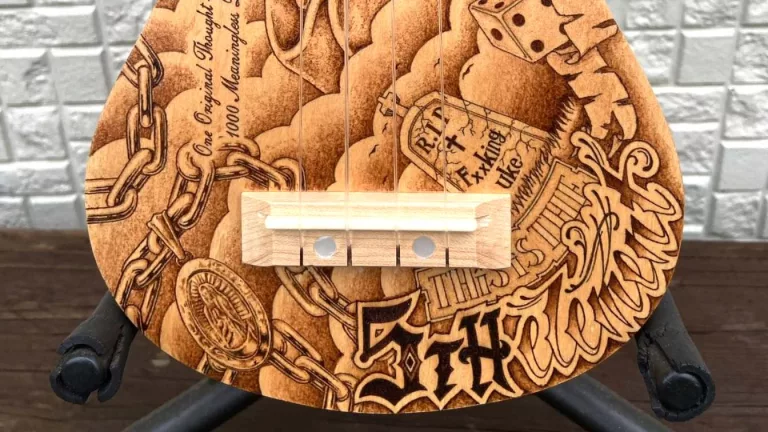Victorian Pyrography – Interesting Art of an Era
The Victorian period lasted from 1837 to 1901 (Queen Victoria’s administration span). Pyrography works of this period is known as VICTORIAN PYROGRAPHY. And with all other art forms, pyrography became a popular pastime around the late 19th century.
The Victorian era began in the early nineteenth century and lasted until the beginning of the twentieth century. This genre of pyrography (the then burn arts) didn’t gain its immense popularity until the late nineteenth century. It was the time when art took an entirely different form and experienced a revolutionary change. So it is no wonder that Victorian era pyrography also helped this entire art form become immensely popular.
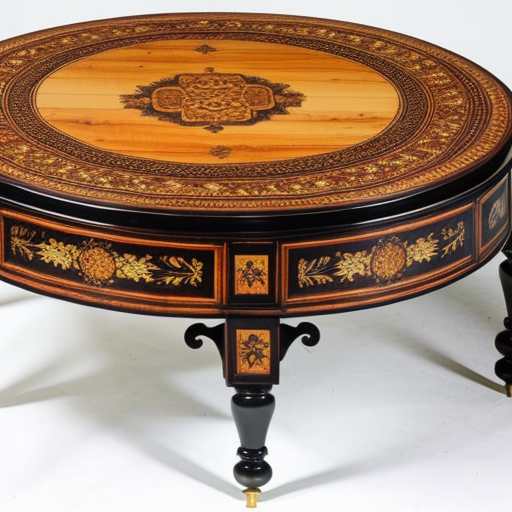
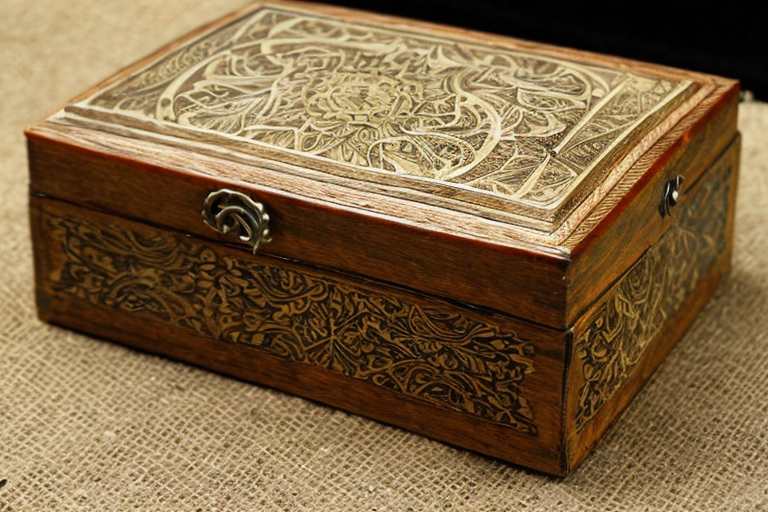
Historical Context
There is no specific date for the discovery or beginning of Victorian burn art. But it is believed that an Australian architect named Alfred Smart discovered a new way of pyrography. And during that time, pyrography became more popular among young people and housewives as a favorite pastime.
- In the late nineteenth century (during Victorian period), Alfred Smart discovered a way to create pyrography by heating platinum pencils with benzoline fume. His discovery would later help pyrography artists create shadings that weren’t possible before.
- In 1875, in the Victorian Period of course, Dr Claude Pacquelin, a French physician invented the cauterized machine. This device uses high-frequency electrical energy to do incisions or coagulate bleeding. Then Francois Manuel-Perier demonstrated the machine in Paris and created a pyrography machine with a temperature control system.
- And it was during the Victorian time the name pyrography emerged. Soon, this machine spread all around the world. German and Austrian artists began selling them to tourists from all over the world. Thus, it didn’t take long for pyrography to reach America.

Famous Victorian Pyrography Artists
- J. William Fosdick (1858-1937)
- Harriette Amsden Lyon
- Harriet Keith Fobes were a few of the notable artists in this period.
Before pyrography saw its revolutionary change, it was an art form mostly done by men. But not during and after that period. With the pyrography machine becoming more accessible than before, more women, especially housewives, than men began wood burning as a pastime and hobby. Even many young people started doing pyrography art as a hobby.
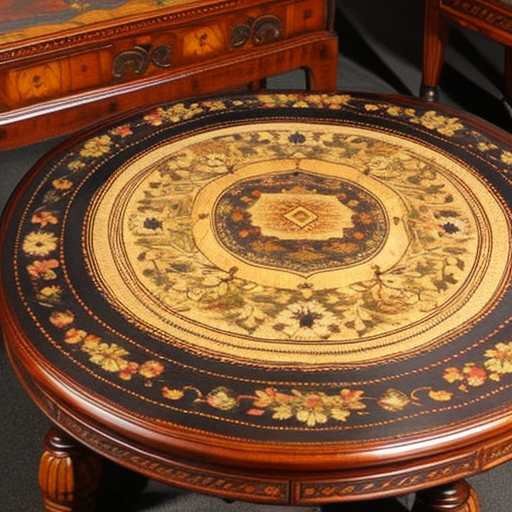
The Victorian era changed many things and turned things over for art. The impact the Renaissance period left was still moving and shaping things, especially artwork. During that time, artists began adding more details to their artwork, making them more meaningful.
The same impact was left on pyrography. If you notice pyrography artworks from that period, you will notice the tiniest details in the work, which make them more eye-catching and unique.
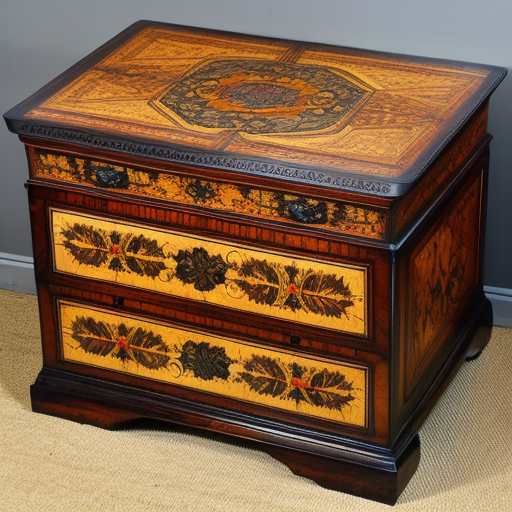
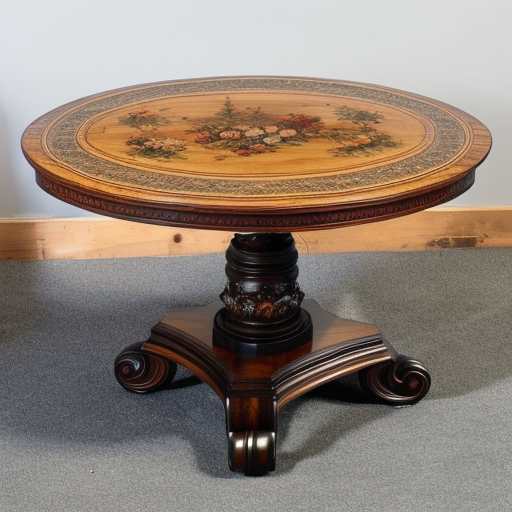
Styles and Designs of Victorian Era Pyrography
- Most artworks during the Victorian period contained nature, such as woods, trees, farmland, various landscapes, etc. At the same time, they were colorful and contained the tiniest details. And that became an influence in pyrography art at the time.
- But because the pyrography machine still had its limitation, coloring was not an easy option. Nevertheless, portraits, flowers, landscapes, etc., still remained a part of pyrography during the Victorian era.
- But like, unlike modern pyrography, wood burning art was done for other purposes. There are many examples of Victorian pyrography that were done on cabinet or bedroom doors, tables, flower vases, handheld mirrors, jewelry boxes that were handed over as family heirlooms, etc.
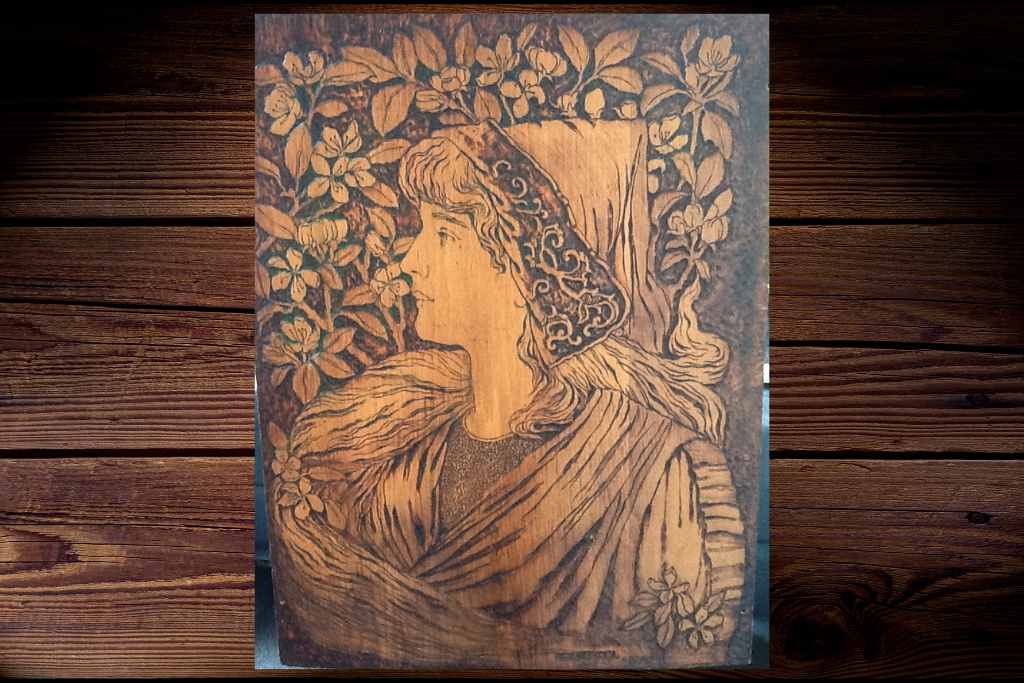
Techniques in Application
Heat control
The temperature of the pyrography tool (though tools at that time were not so advanced as current ones) was manually controlled to avoid over-burning the wood. The artists had to control the pressure and speed of the tools to achieve the desired effect.
Shading
Shading was used to create depth and texture in the design. The artists could achieve different shades by varying the temperature, pressure, and speed of the tool.
Stippling
Stippling is a technique where the artist uses a series of dots to create a design. This technique was in practice to create texture and shading.
Line work
Line work involves using the tool to create precise lines and details in the design. This technique was in practice of the artists to create hatching effect and long stroke appearance.
Cross-hatching
Cross-hatching involves creating a pattern of intersecting lines to create shading and texture. This was in common practice of the Victorian era artists.
Burnishing
This technique was in widespread use to create a polished finish to the design.

Layering
There are evidences that the pyrographers were skilled enough to use layering techniques. It involves building up the design in layers, starting with the lightest shades and working up to the darker shades. This technique is often used to create a sense of depth and 3D appearance in the design. Amazingly, it was known to the artists at that time.
These techniques were commonly used in Victorian pyrography, and many of them are still used by modern wood burners today.
Significance of Pyrography in Victorian Culture
- Victorian era is the period when the taste of burn art forms on furniture got spread.
- Pyrography became a popular form of expressing and showing aristocracy on furniture.
- Wooden furniture were meant to last for generations, the pyrography art forms were also targeted to have a long endurance. And amazingly they lasted for more than a century.
- Pyrography became a popular art form, the fashion trend traveled across the globe where the British Empire had colonies.
Caring for These Antique Artworks and Furniture
- Regular dusting with soft brush. Dust layers wear off the gloss and if you try to remove the dust with anything harsh, it will imprint permanent scratch marks.
- You must avoid wiping the surface with water. Exposure to dampness weakens the internal wood fibers.
- You can apply transparent varnish/sealants once in a year, but of course, consult with an antique specialist first.
- You can also apply a thin layer of wax over the art piece.
- It is advised to put the art piece inside the sealed glass box to keep it isolated from dusty ambience.
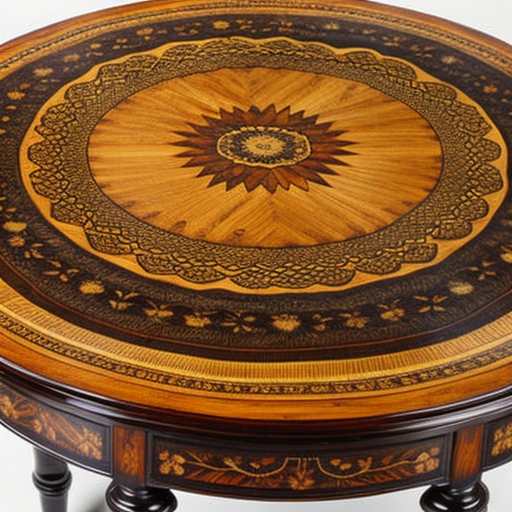
Contemporary Evaluation
- These are considered to be the signs of family heritage.
- Extremely rare piece, and very demanding among the art collectors.
- Price of any Victorian era furniture/art is at least a few thousand USD.
- These are like old wines. The older, the rarer, and the pricier.
There are a lot of antique pyrography collectors around the world. You will be amazed seeing the collection here in this video.
Additional read
- This article will help you learn about the pyrography history itself
- Boxes having woodburn arts
EndNote
Though pyrography was discovered way before the Victorian period, one can say that it was since that era wood burning art kept changing drastically. Victorian pyrography created an entirely new path, and we can now do pyrography projects more efficiently, and the tools are more accessible and easy to use.


